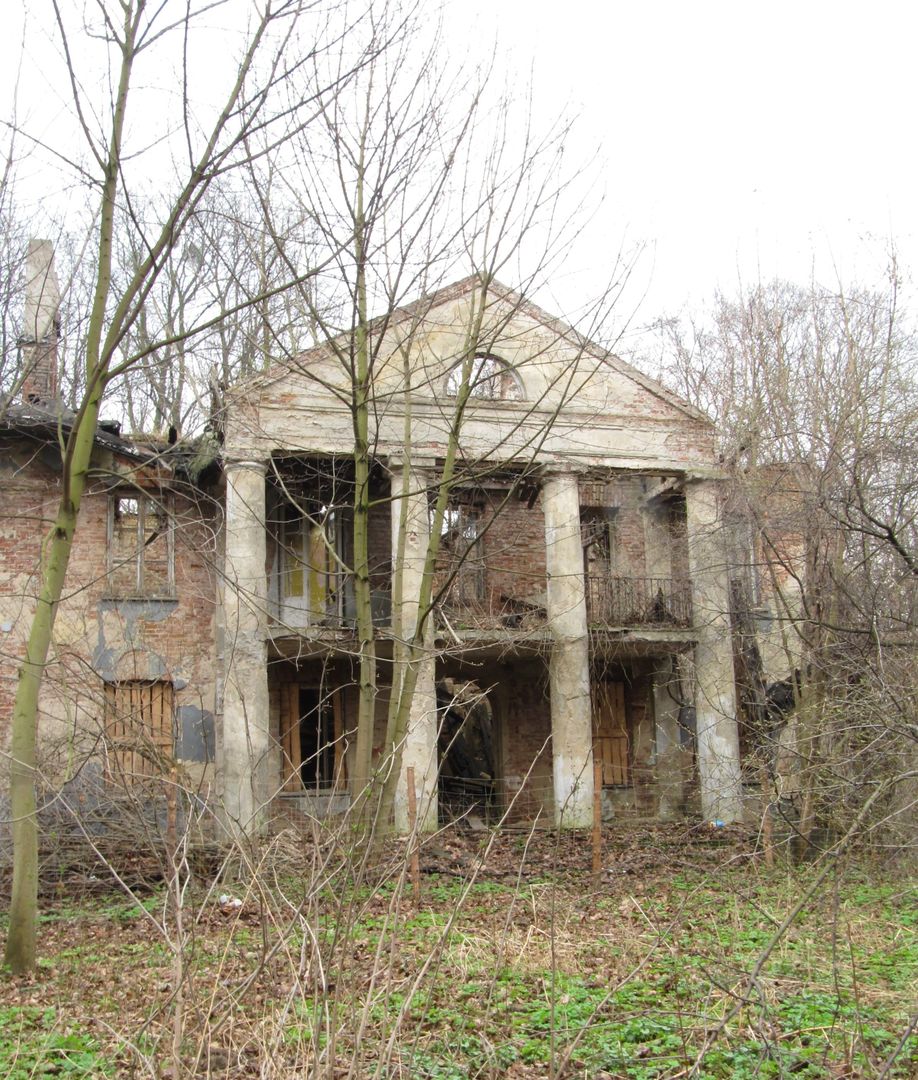New Bedoń
6.25

Overview
Nowy Bedoń is a village in Poland, located in the Łódź Voivodeship, with a rich history dating back to at least 1391. Initially known as Będonie, the settlement was renamed Bedoń during the interwar period. In the 15th century, the land was owned by the Będoński family of the Nałęcz coat of arms, and later came into the possession of Wincenty Trembecki. The estate remained in the Trembecki family until its confiscation in 1945. A notable historical artifact is a larch beam with inscriptions from 1751, now held by a descendant of the last owners. In 1791, the estate covered approximately 1,200 morgs (about 672 hectares), and in the 19th century, it passed to subsequent generations of the Koźmiński and Kochanowski families. Jan Kochanowski, son of Eufemia and Jan, was a history professor and rector of the University of Warsaw. The family contributed culturally to the village by funding a school and a church, as well as supporting local agricultural circles. The manor house, originally built at the turn of the 18th and 19th centuries, was destroyed during World War I and later rebuilt by architect Józef Kaban-Korski. Now in ruins, the manor is characterized by an elegant architectural style, with five axes and a Tuscan portico. The surrounding area was once a park designed by Ignacy Koźmiński, where 200-year-old oaks, sycamores, lindens, and elms still stand. The park also features eight natural monuments, including pedunculate oaks, various species of linden, and elm trees. An interesting feature is the birch alley leading to the manor, which is now Sienkiewicza Street. Despite its turbulent history and many changes, Nowy Bedoń remains a place of significant cultural and natural heritage.
Location
2025 Wizytor | All Rights Reserved